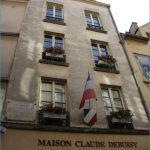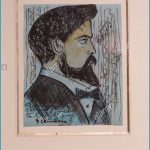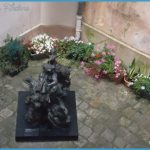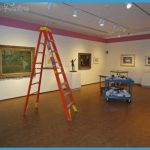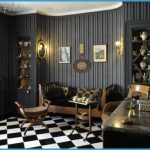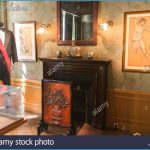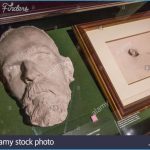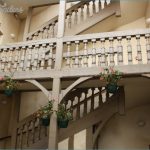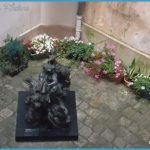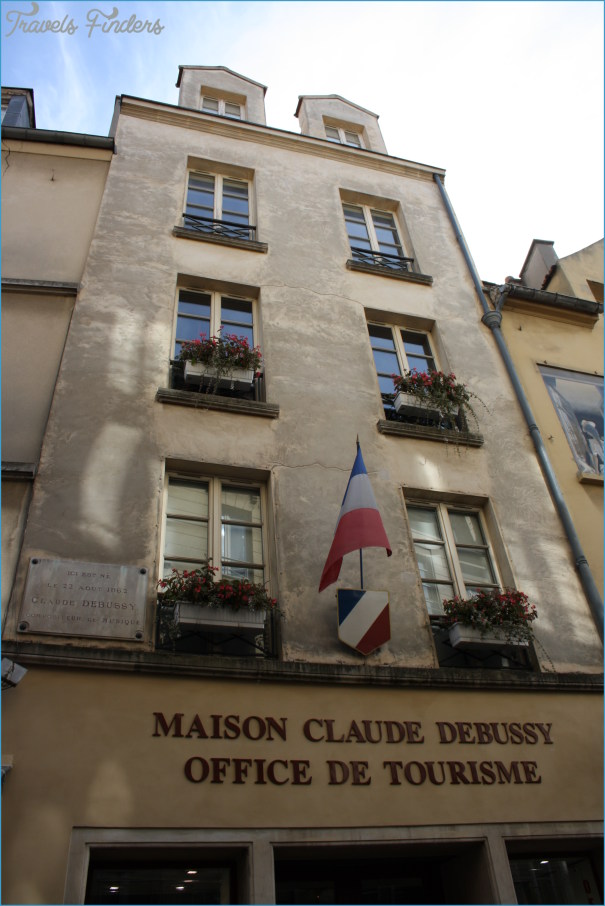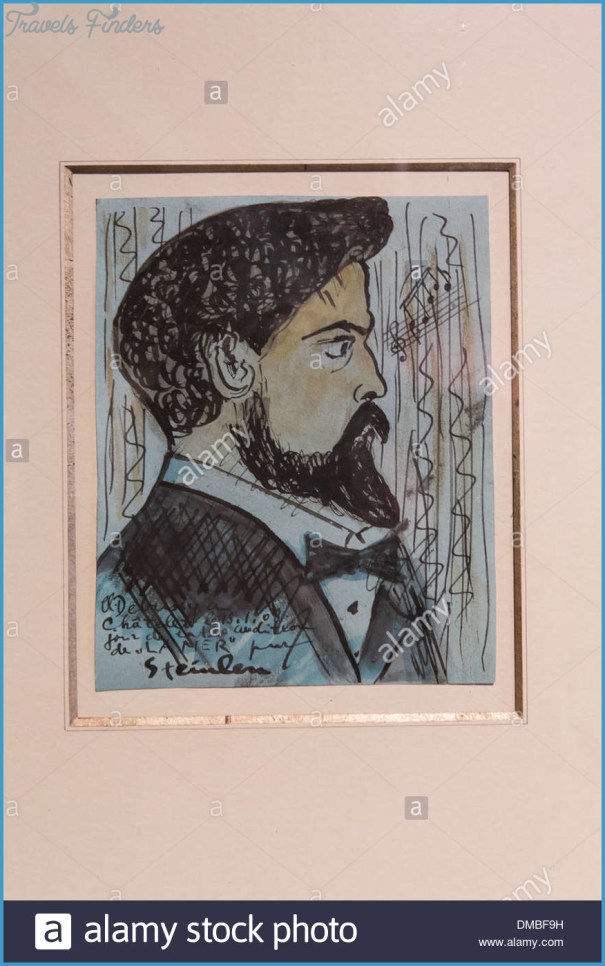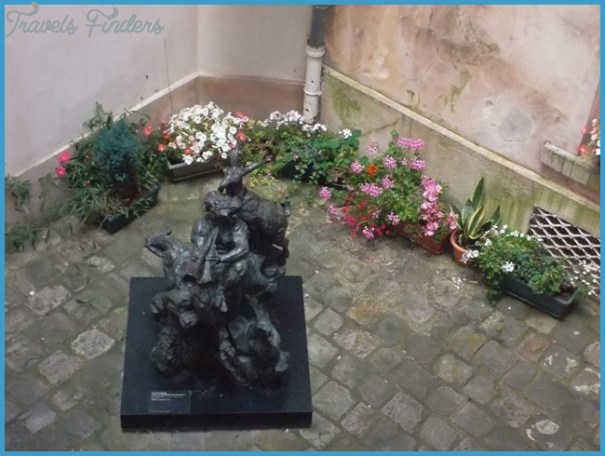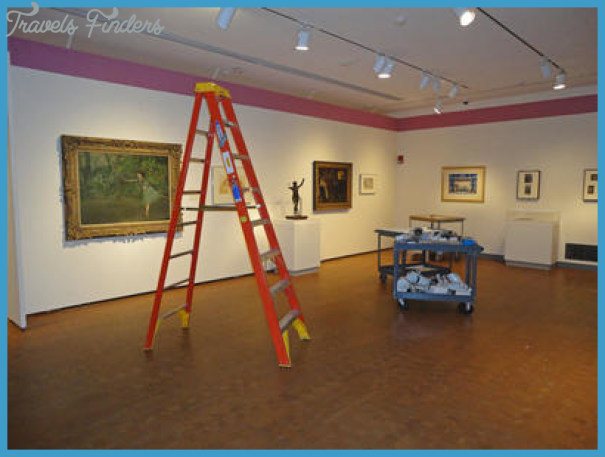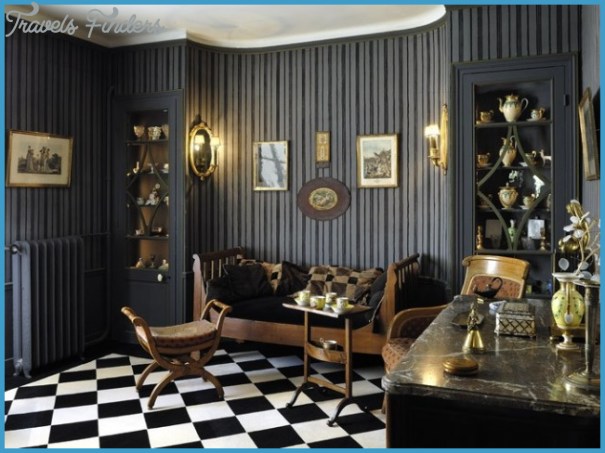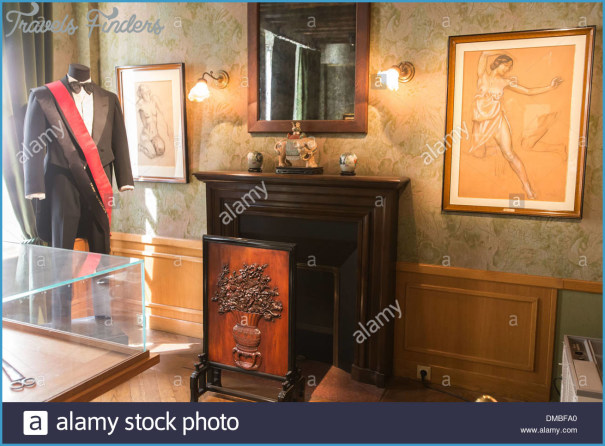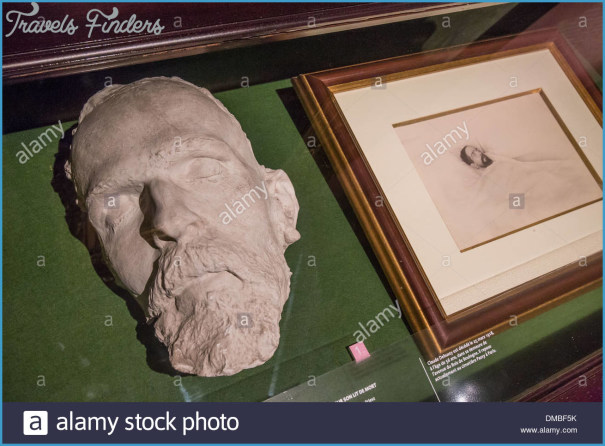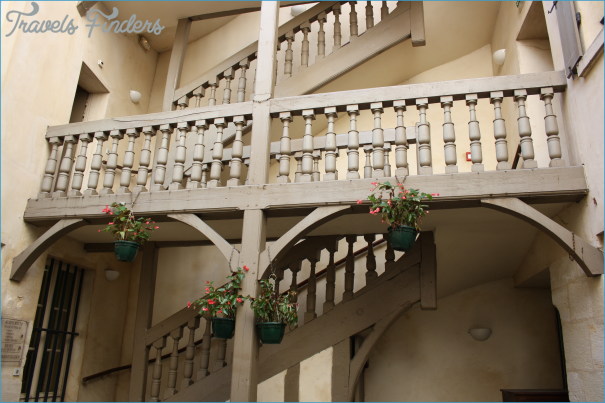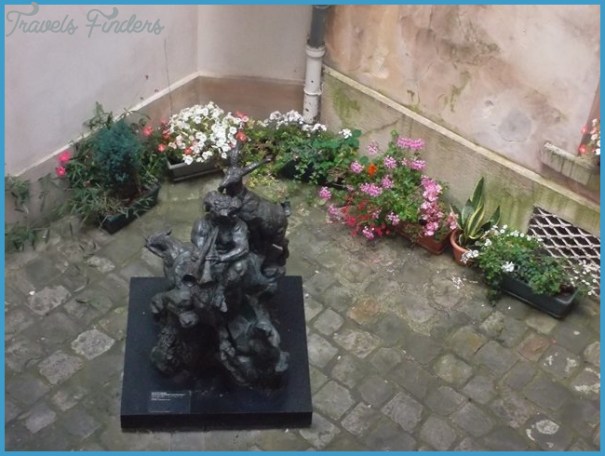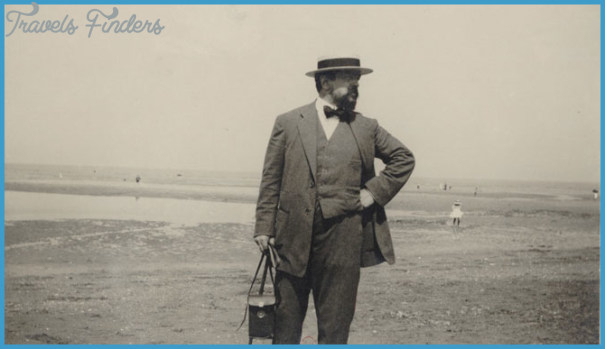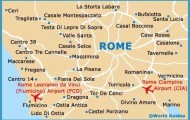DEBUSSY MUSEUM
The schoolhouse museum at Piebalga
Claude Debussy was born in Saint-Germain-en-Laye, the well-heeled outer suburb west of Paris, on 22 August 1862. On the ground floor of the tall 17th-century building where he and his parents lived, in the narrow, winding Rue au Pain, was a porcelain shop, which his father attempted without much success to run. Behind the shop was a small courtyard with an attractive open-timbered staircase leading to three upper storeys. The family remained there until Claude was two years old.
DEBUSSY MUSEUM Photo Gallery
Debussy’s birthplace, Saint-Germain-en-Laye Today the ground floor of the Maison Claude Debussy houses the Saint-Germain-en-Laye office de tourisme. If you venture in – as you must! – and ask for Debussy, the staff of the bureau will greet you warmly and usher you through the courtyard and up the stairs to the first-floor rooms. There you will be amazed to discover a bijou museum in which a cleverly crafted microcosm of Debussy’s life, works and artefacts -including his formal concert clothes (now adorning a mannequin) and his desk collection of antiquities – is presented in two small rooms. Only the French could do it with such elegance and style. The first room is a magical maze of partitions supported from the ceiling by plumb-lines, while the second evokes a domestic ambience without any pretence of re-creation. While the first floor is dedicated to displays, the second is given over to a beautifully appointed auditorium, with a period Bechstein piano and seating for 50 people, and serves regularly for recitals, masterclasses, lectures, themed salons de musique and educational events for children. In 1992, bound by the terms of the will of Madame de Tinan, Debussy’s stepdaughter, the city set up its own research and documentation centre on the third floor, superbly fitted out with library furniture and listening booths.
The significance of the house was first acknowledged in 1921, three years after Debussy’s death, when a plaque was put up by his English admirers, but it was opened to the public only in 1990. The impetus had originally come in 1986 from the Tinan bequest: she left a sum of money to Saint-Germain-en-Laye subject to the foundation of a museum and documentation centre in the house within a short time after her death. With support from the Ministry of Culture it was duly established and her collection of Debussy’s personal possessions was put on display there, including the famous oriental lacquered poisson d’or which inspired the eponymous piece in the second set of Images (1907). Political disputes, however, prevented the removal there, as had been hoped, of the Centre de Documentation Claude Debussy, founded a dozen years earlier by the leading Debussy scholar, the late Francis Lesure, and now housed in the music department of the Bibliotheque Nationale.

